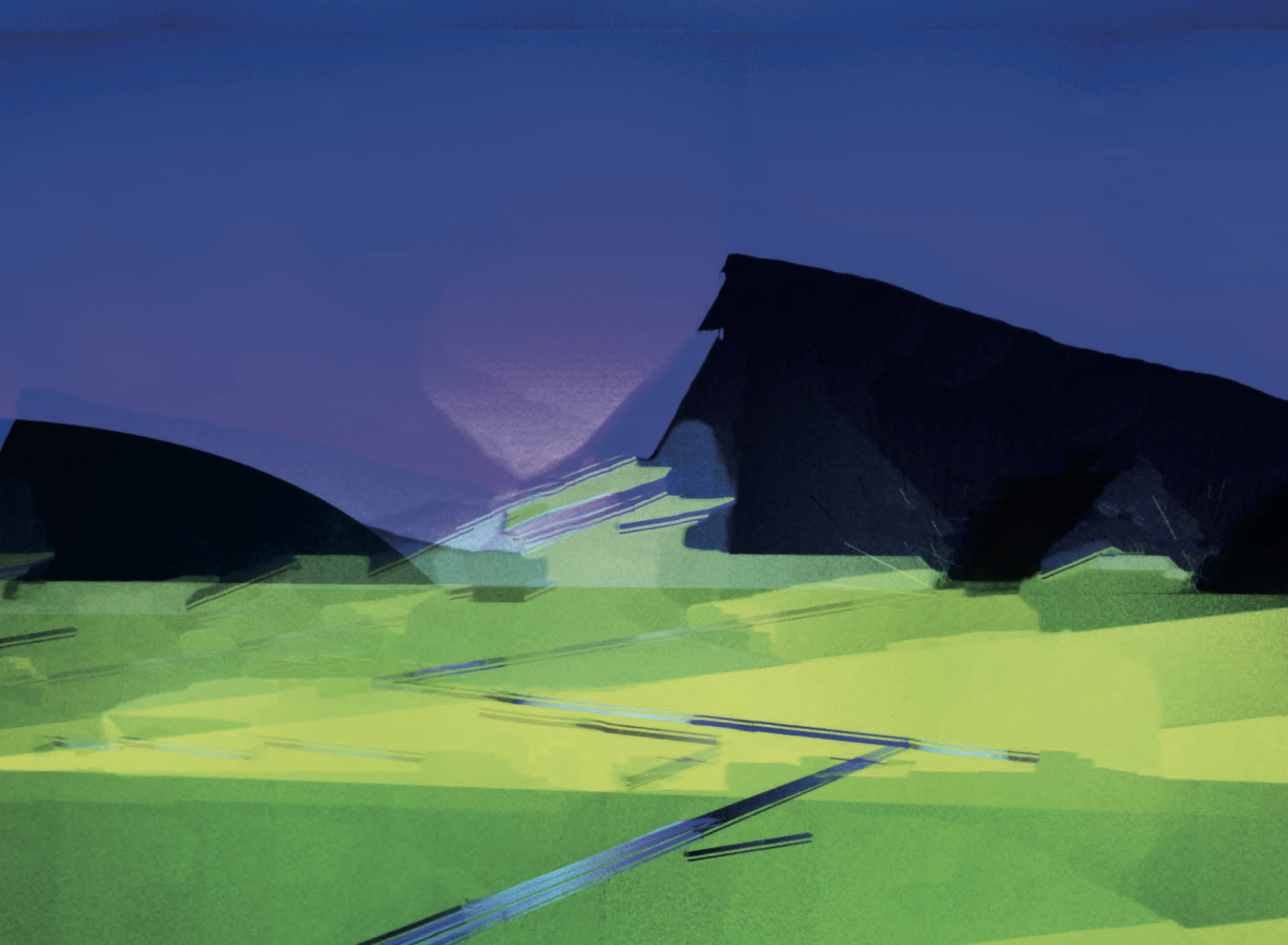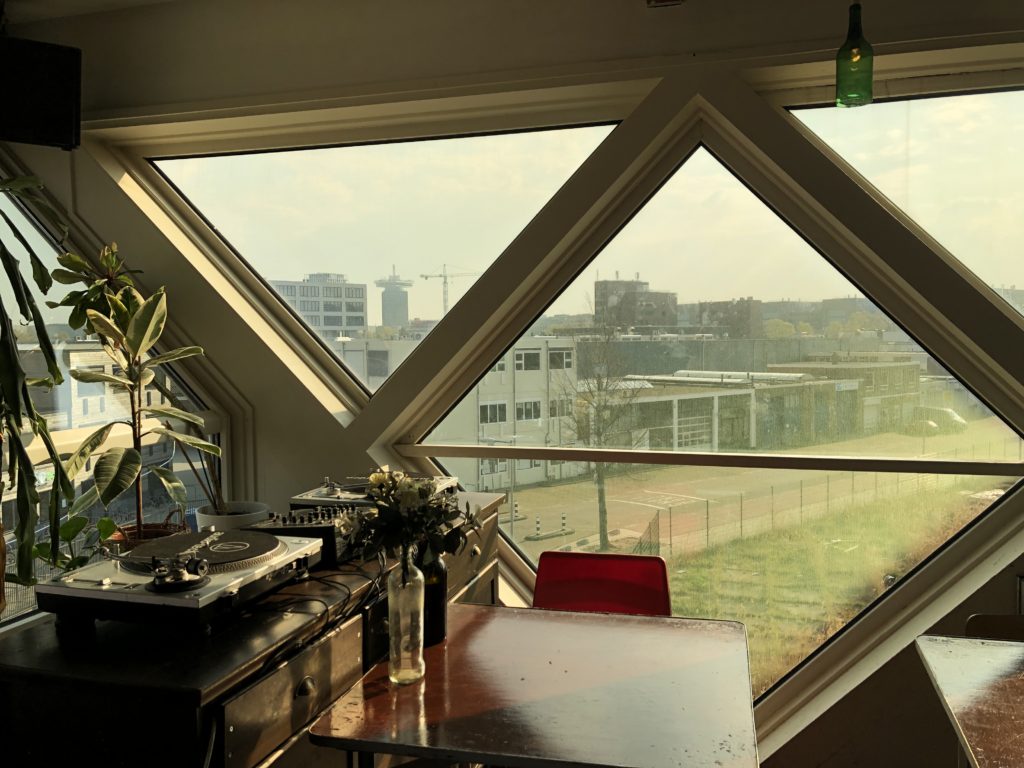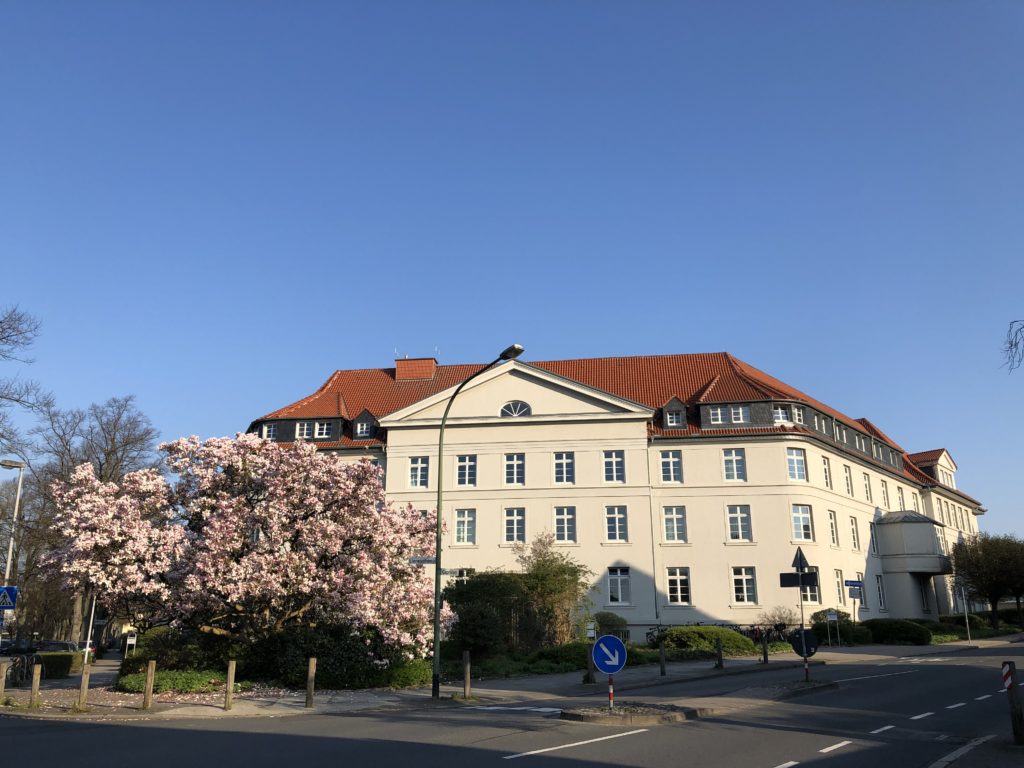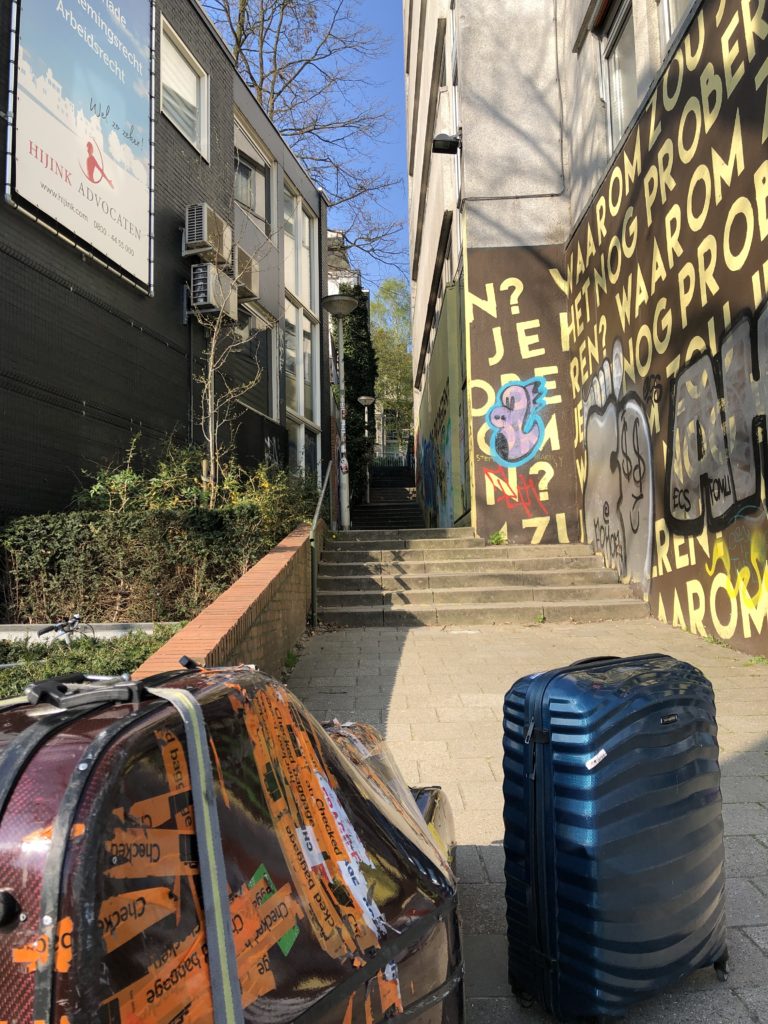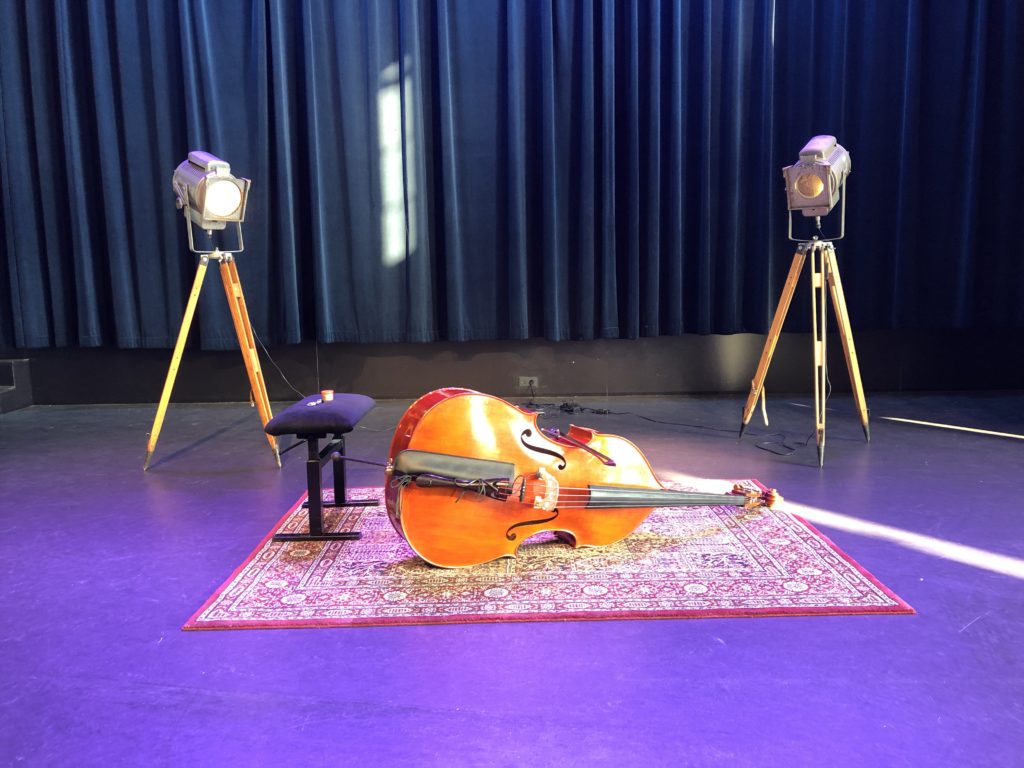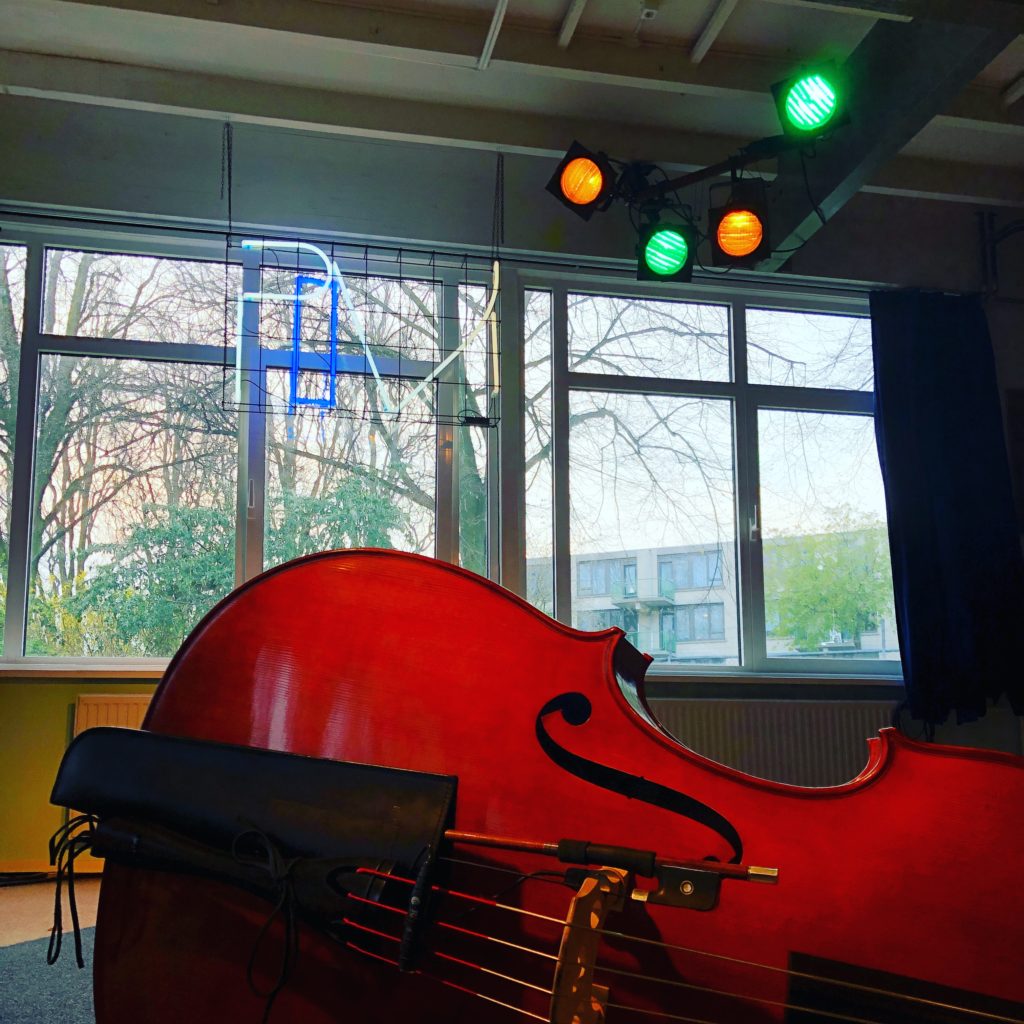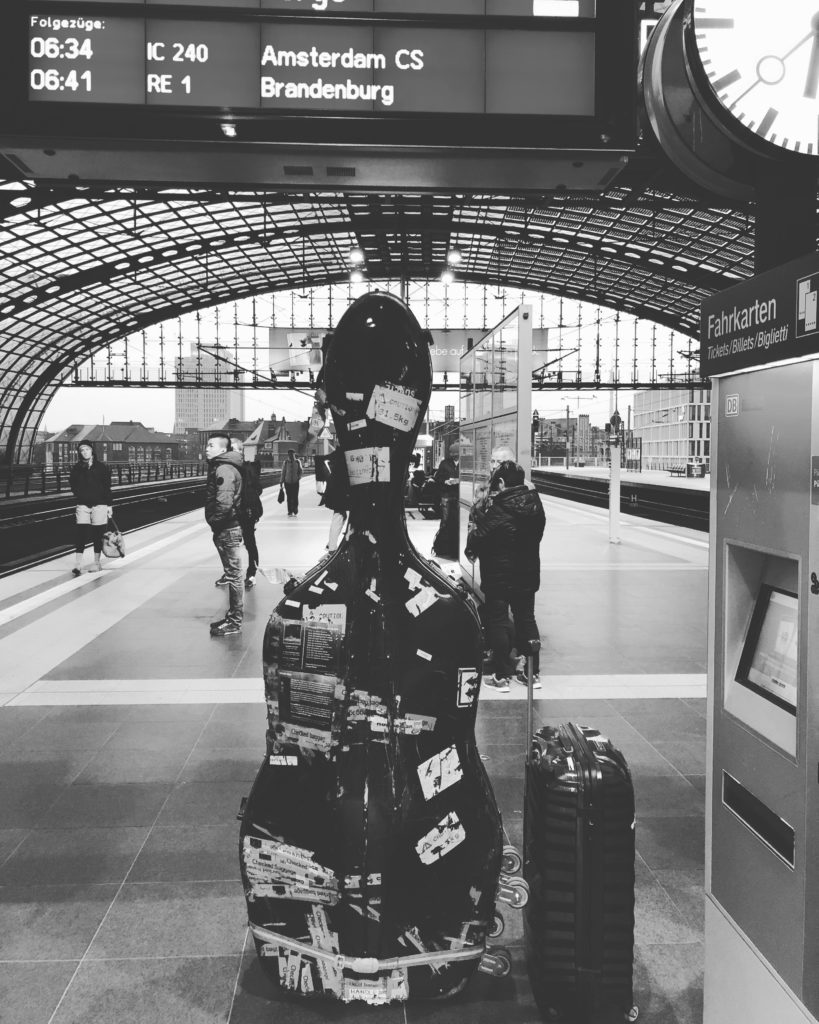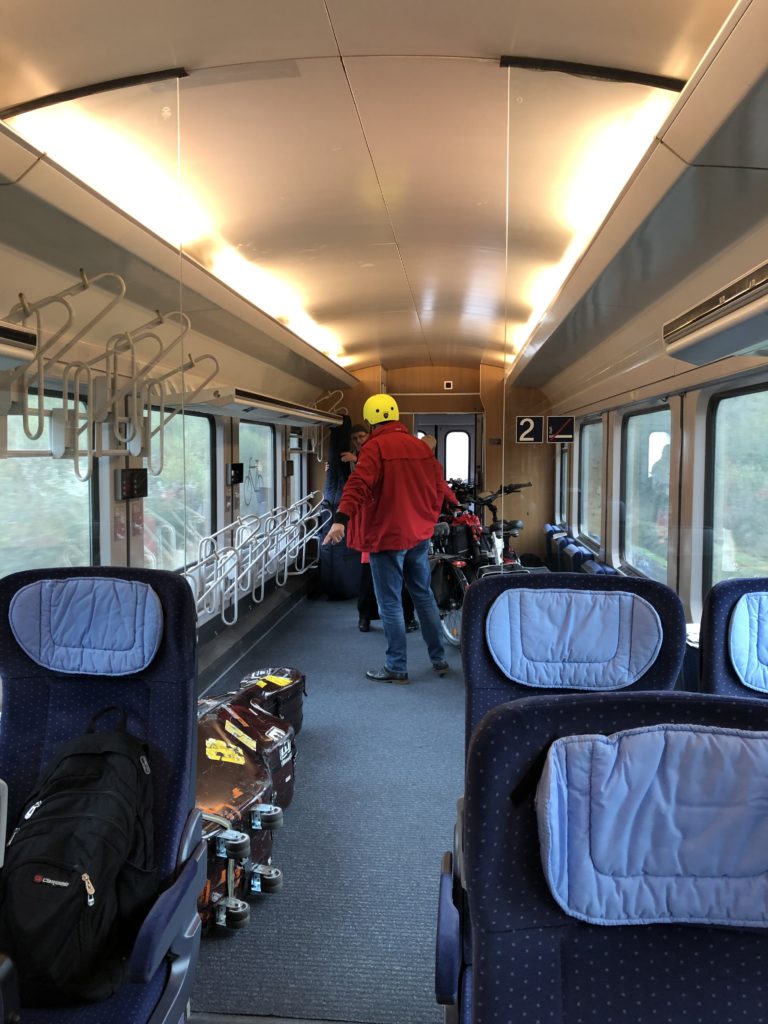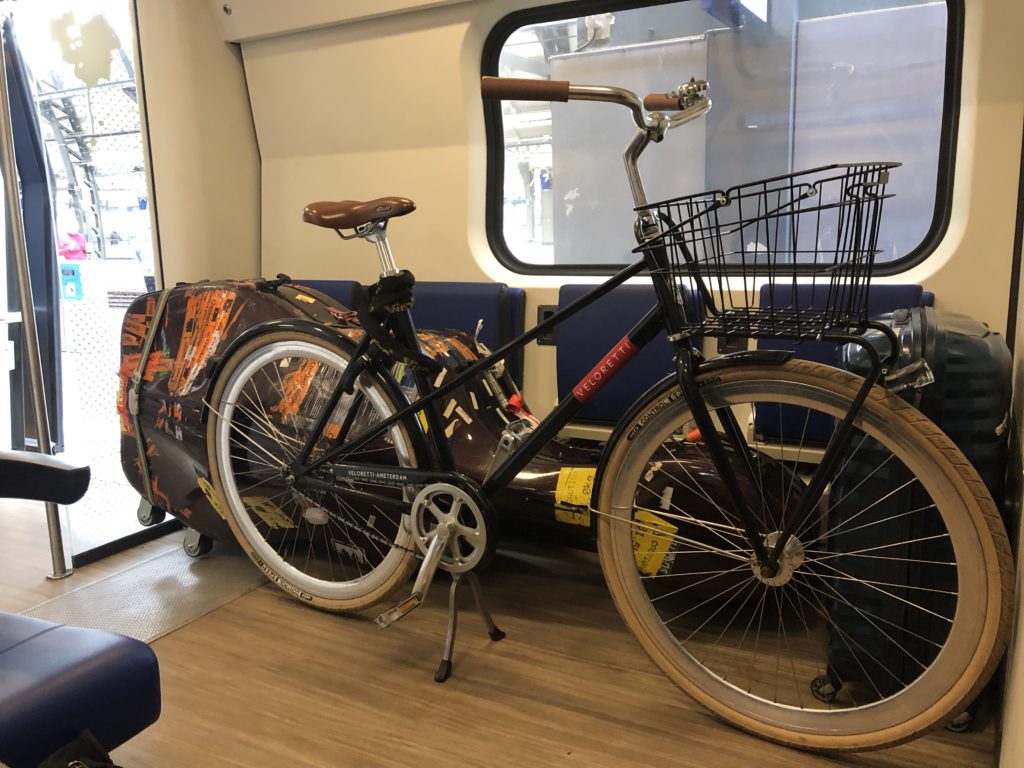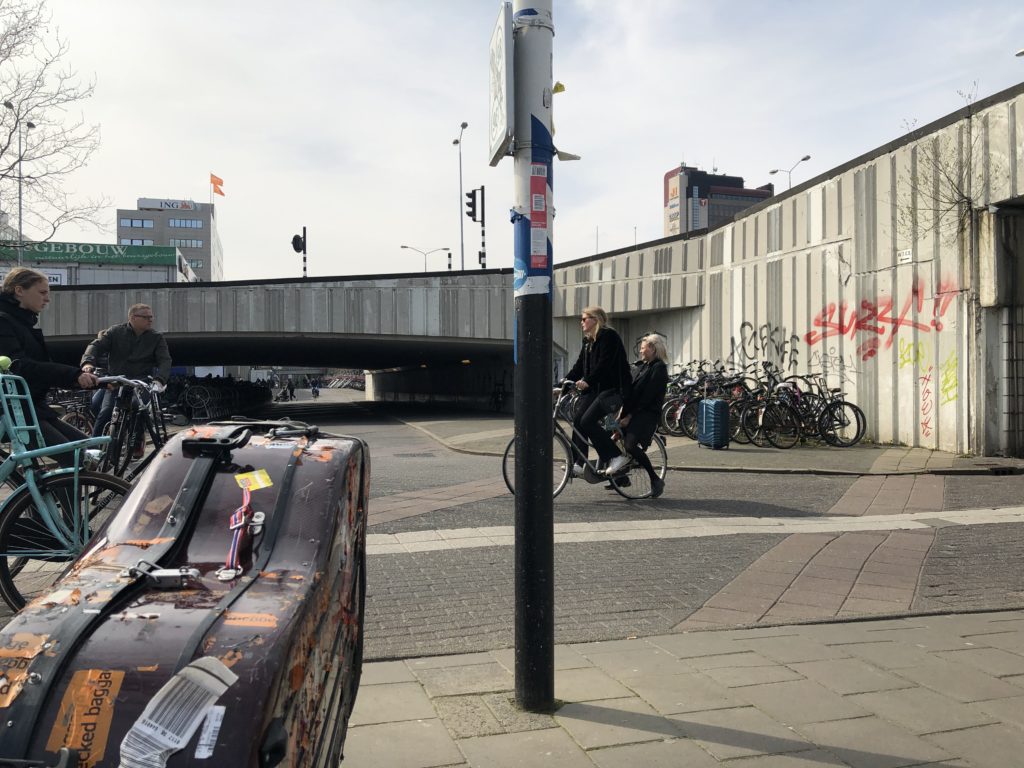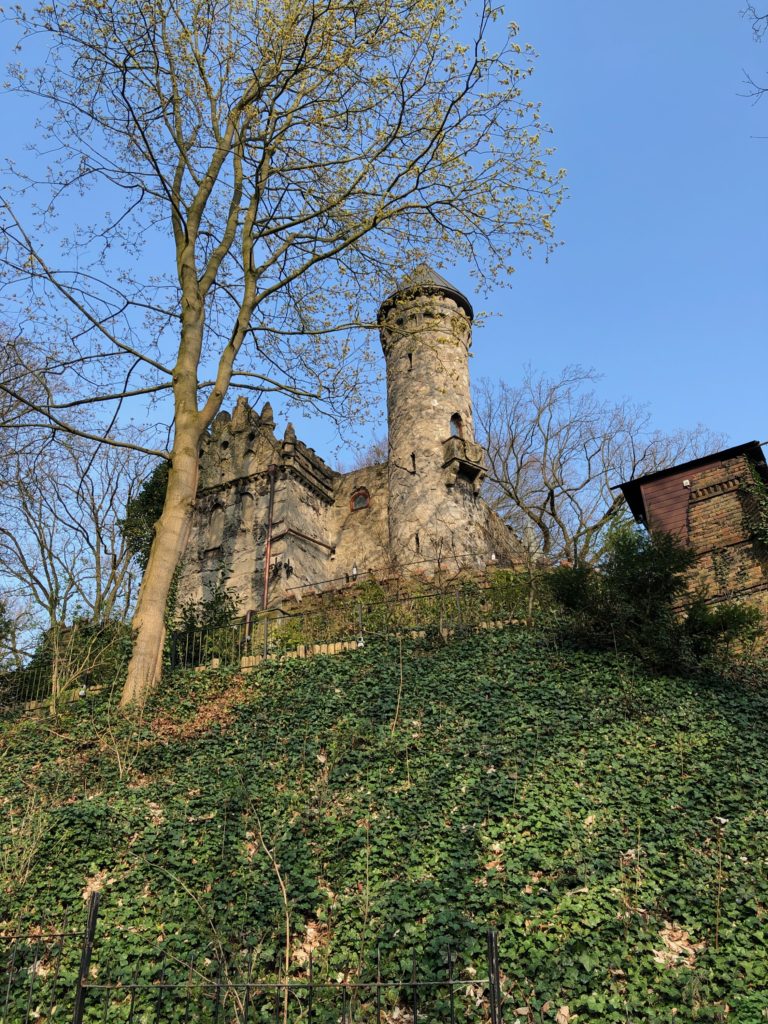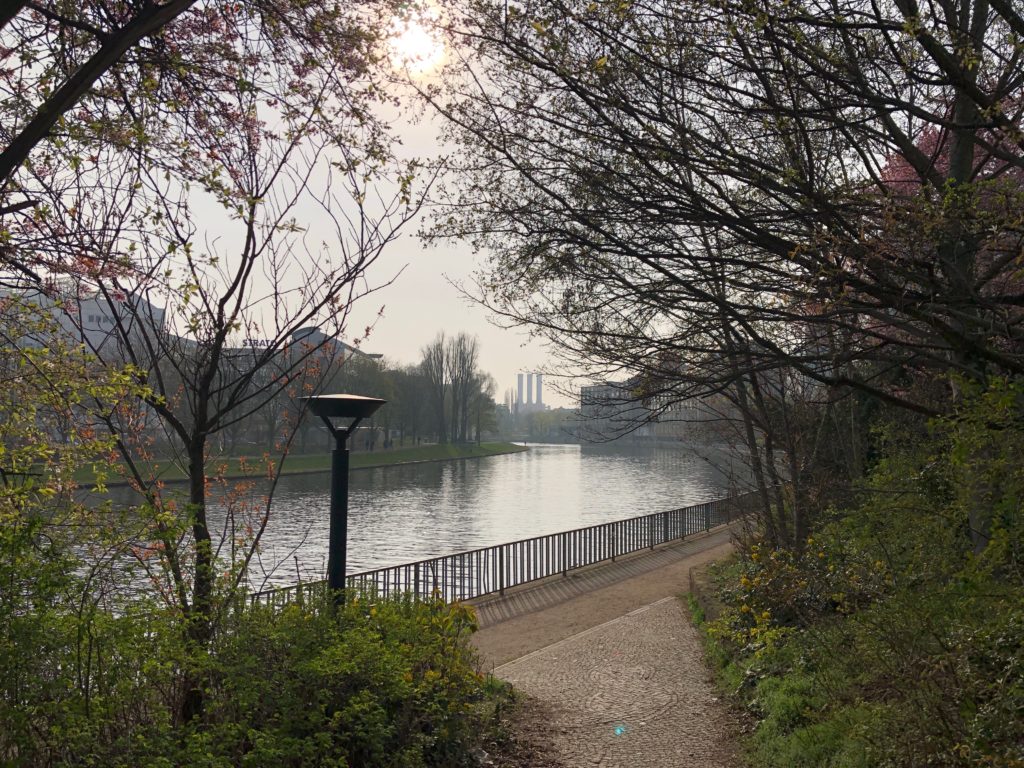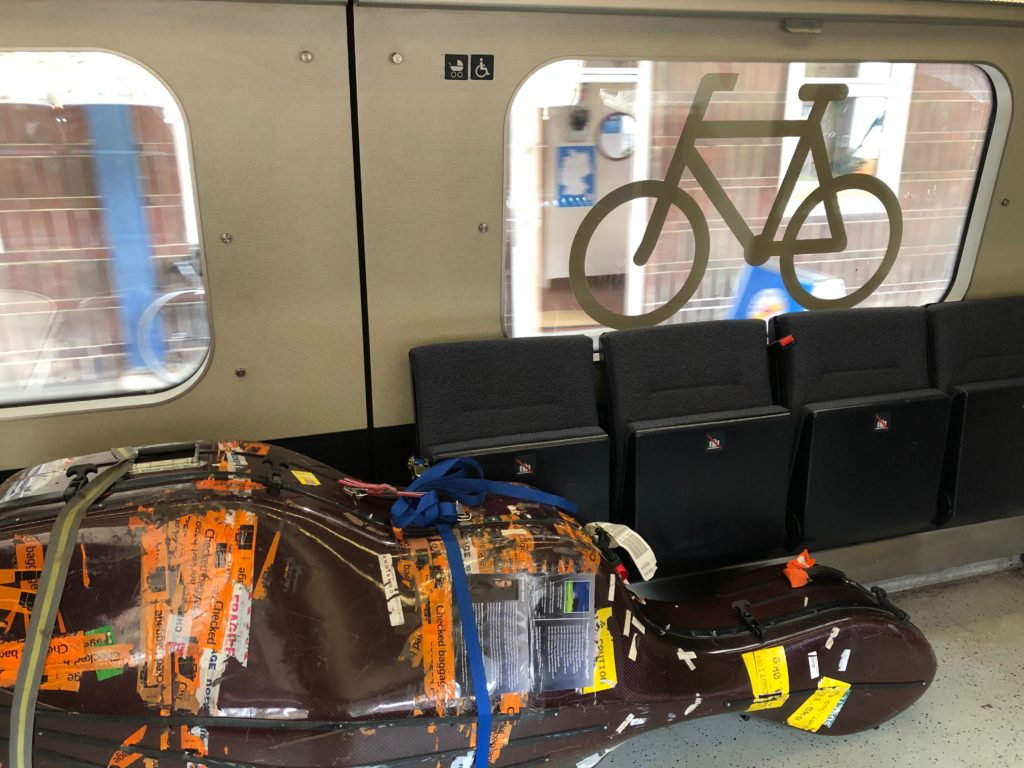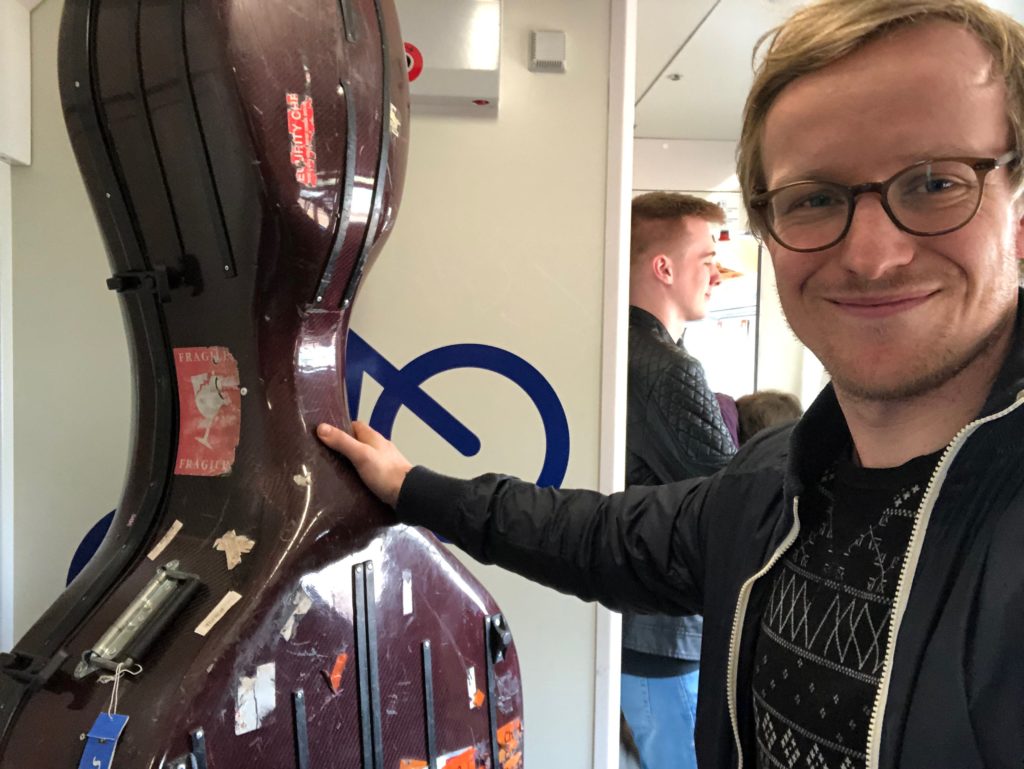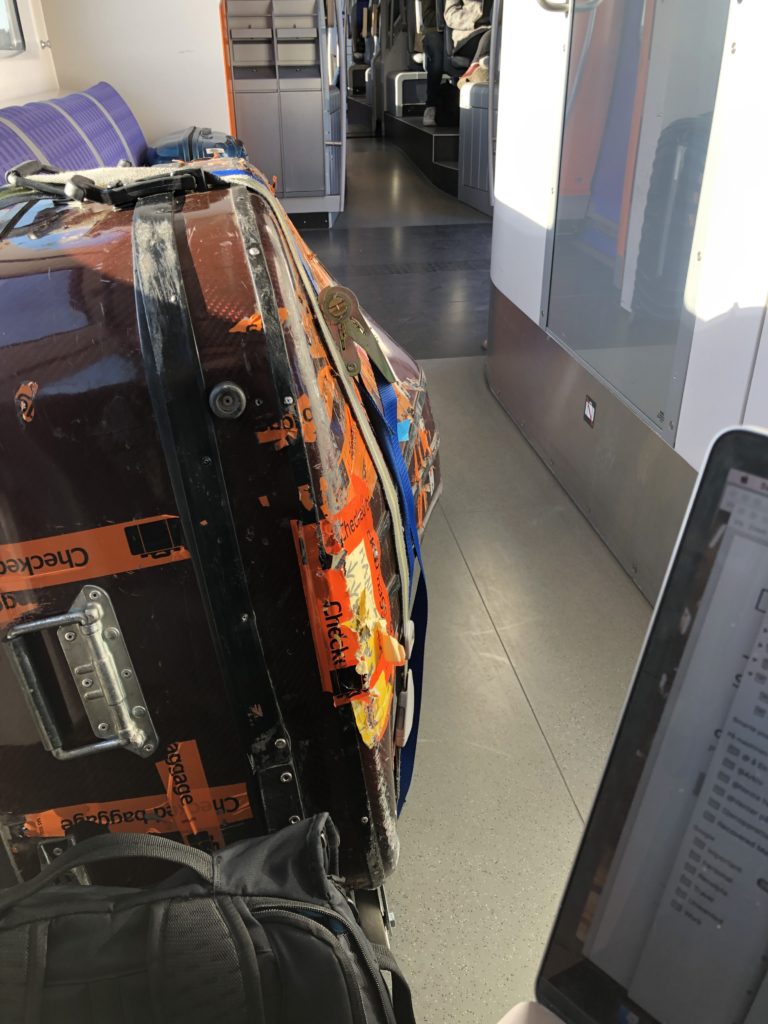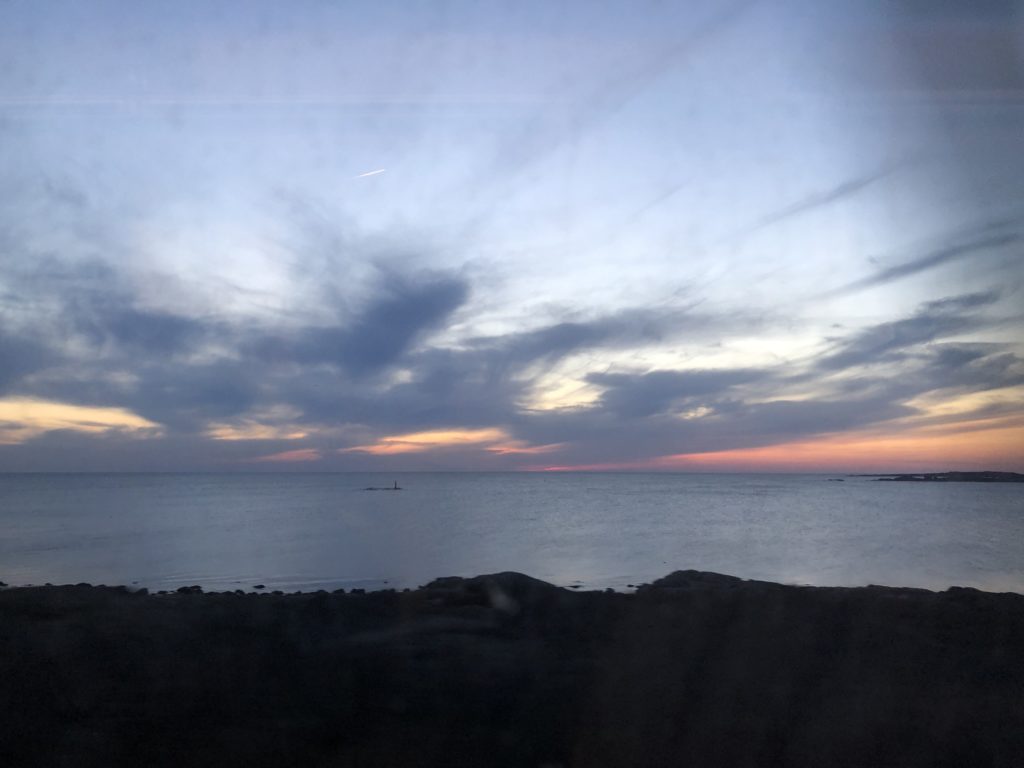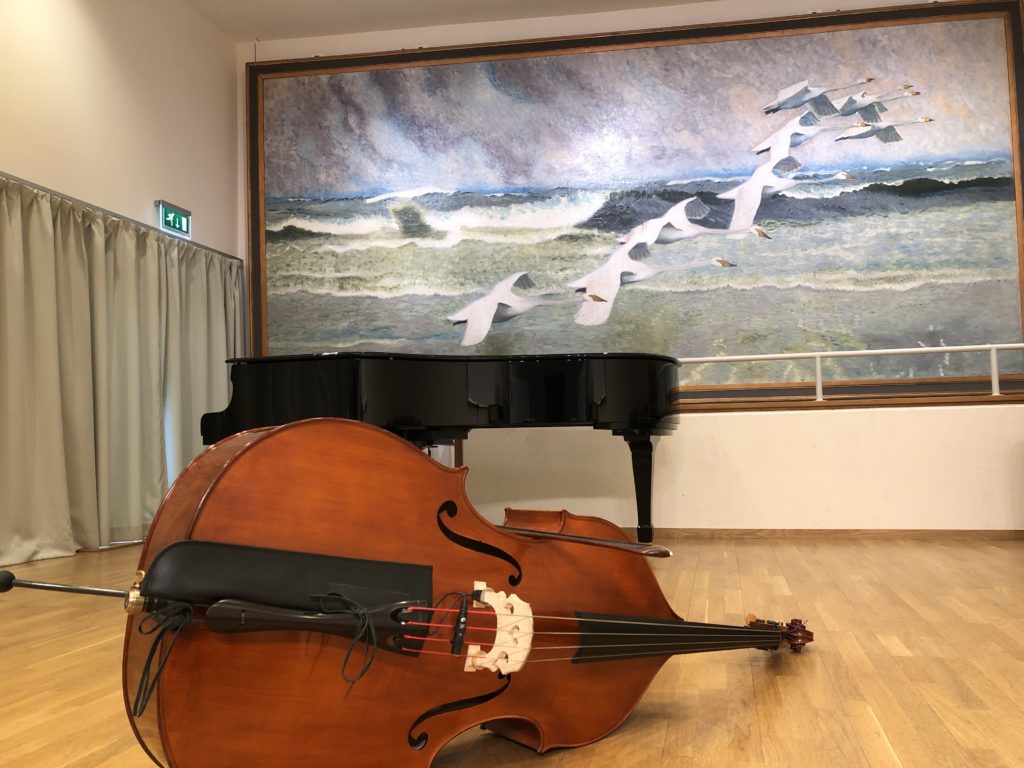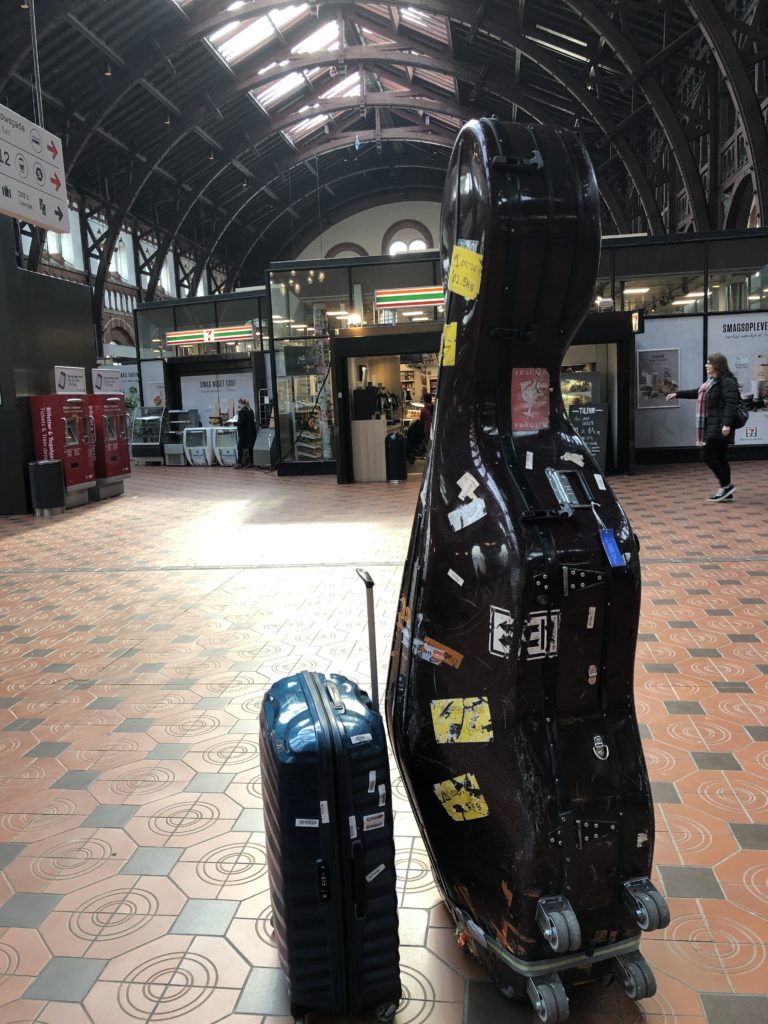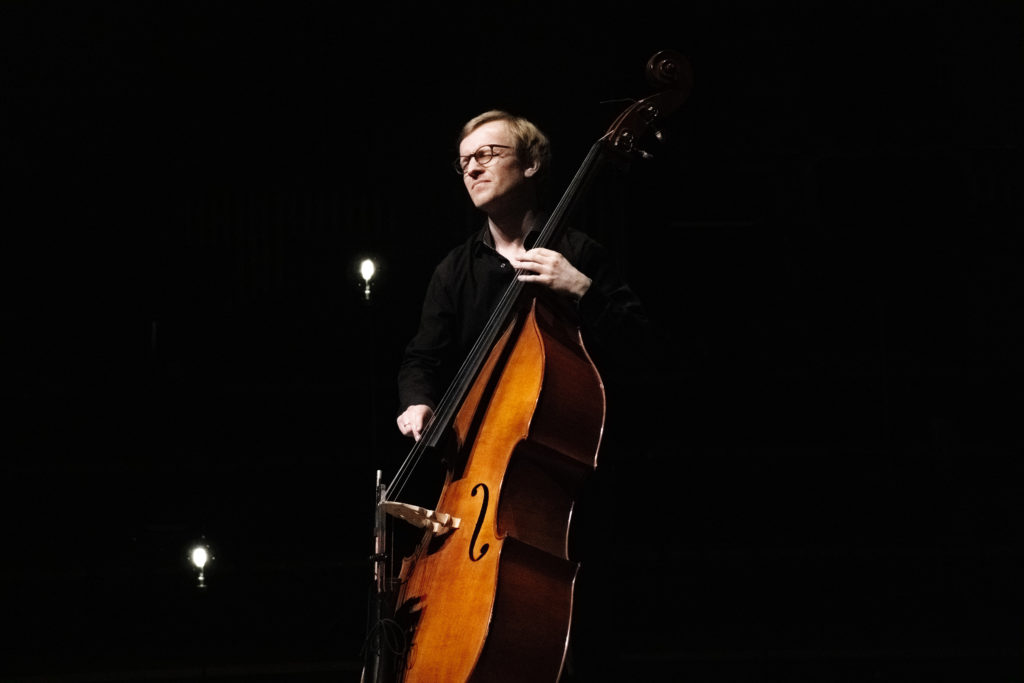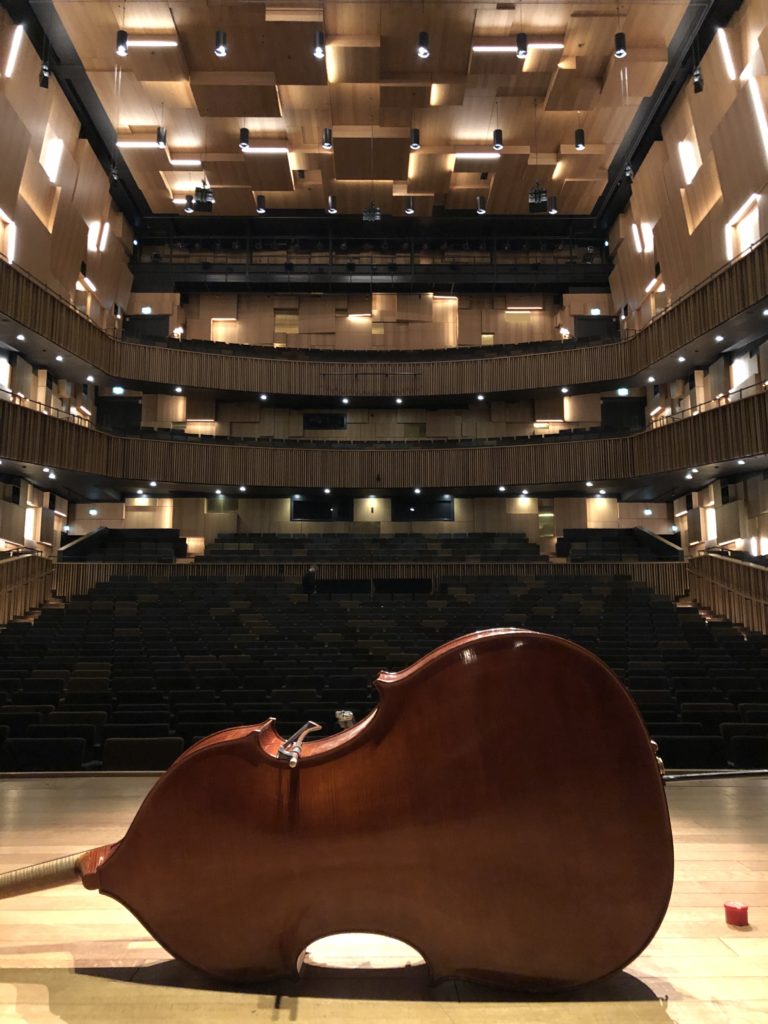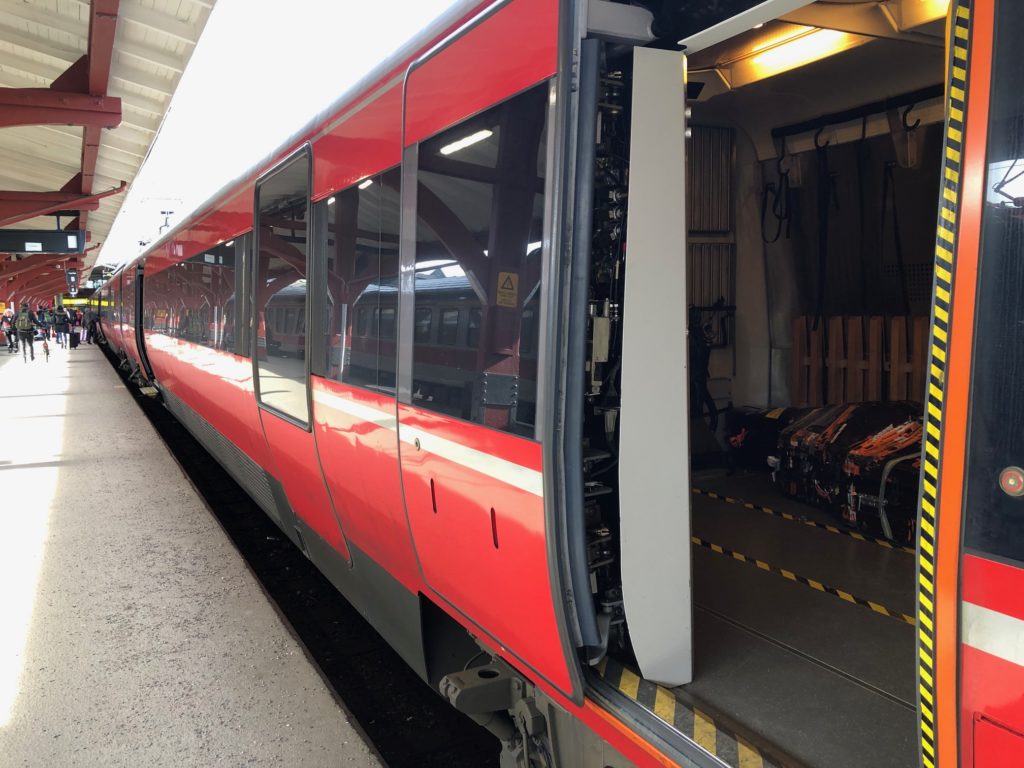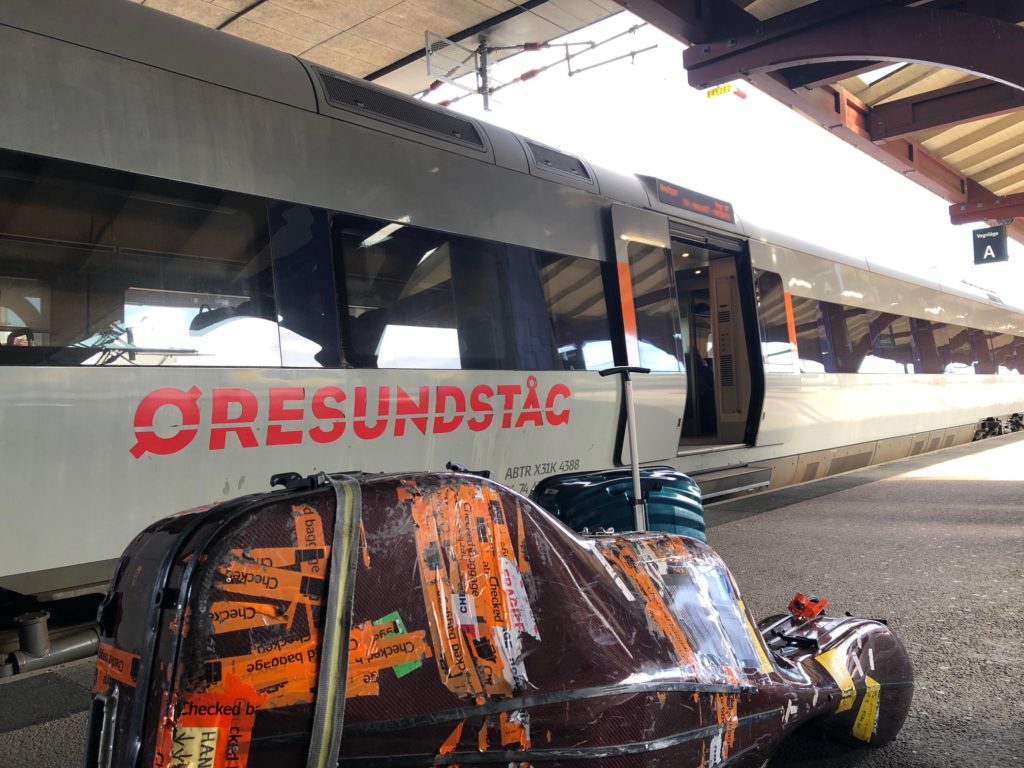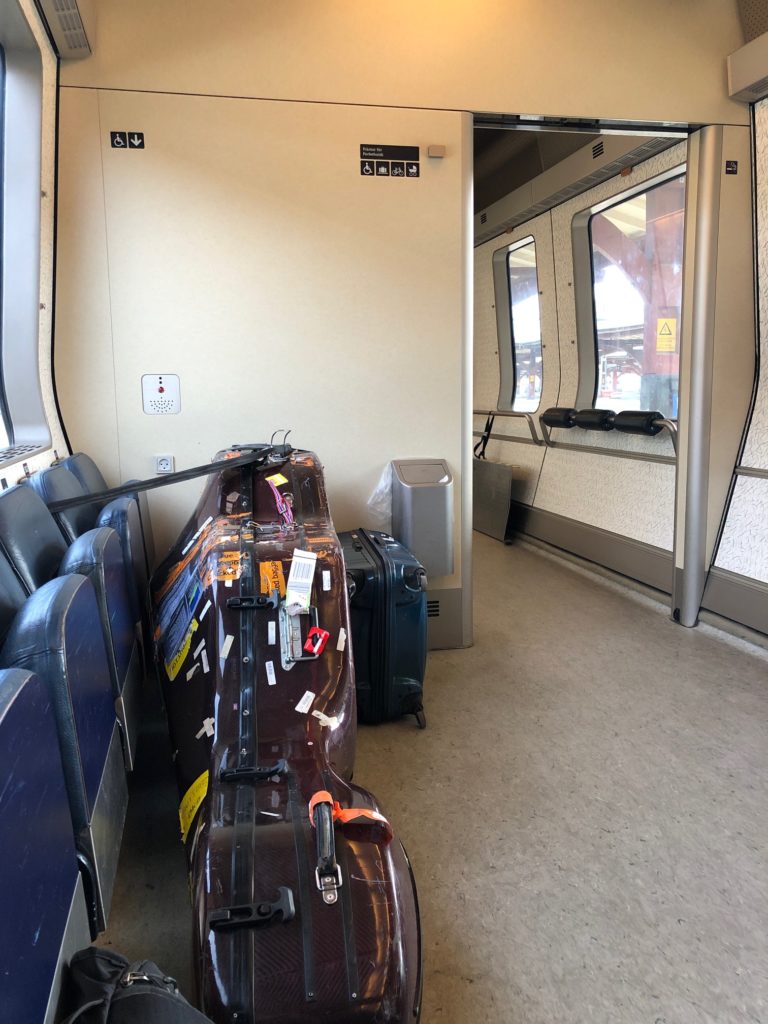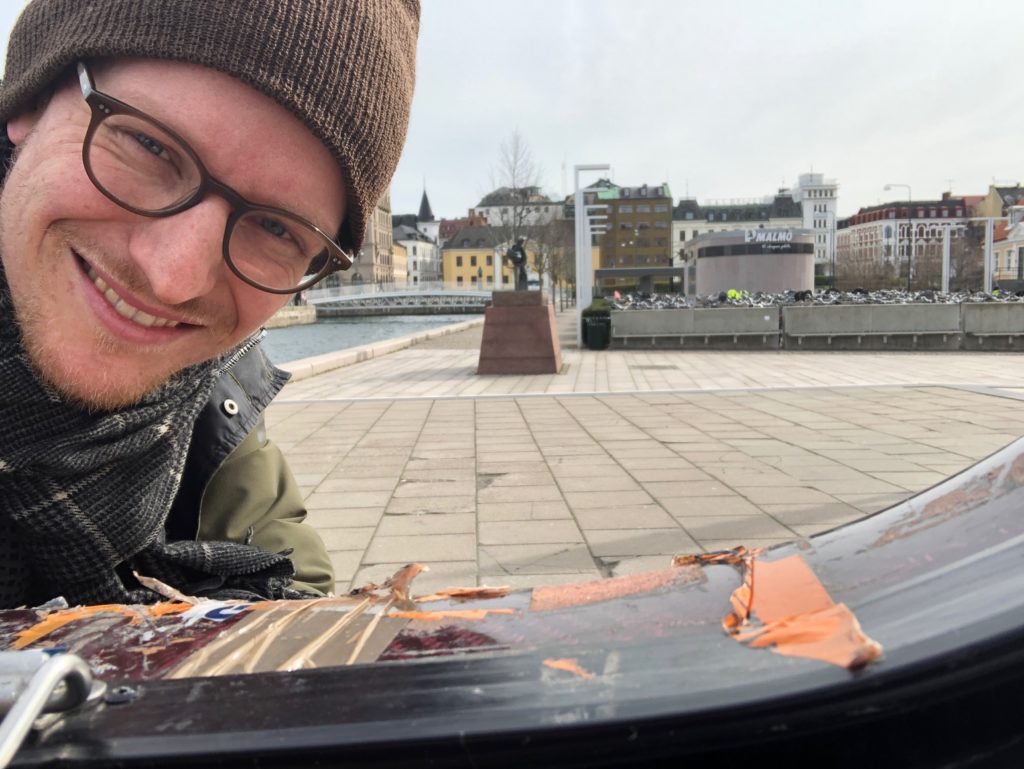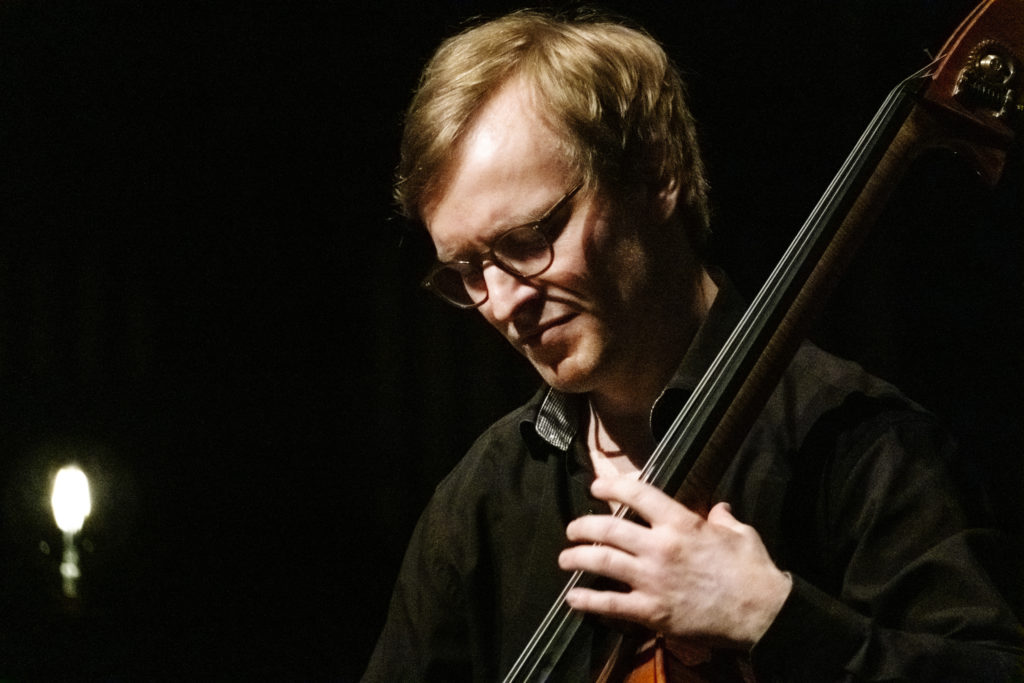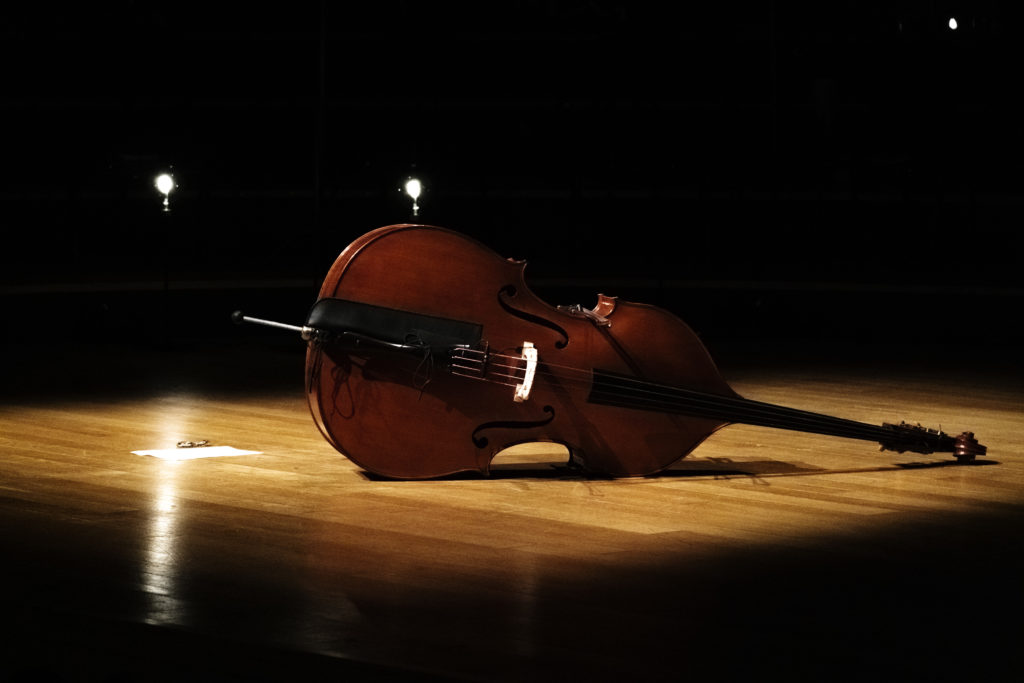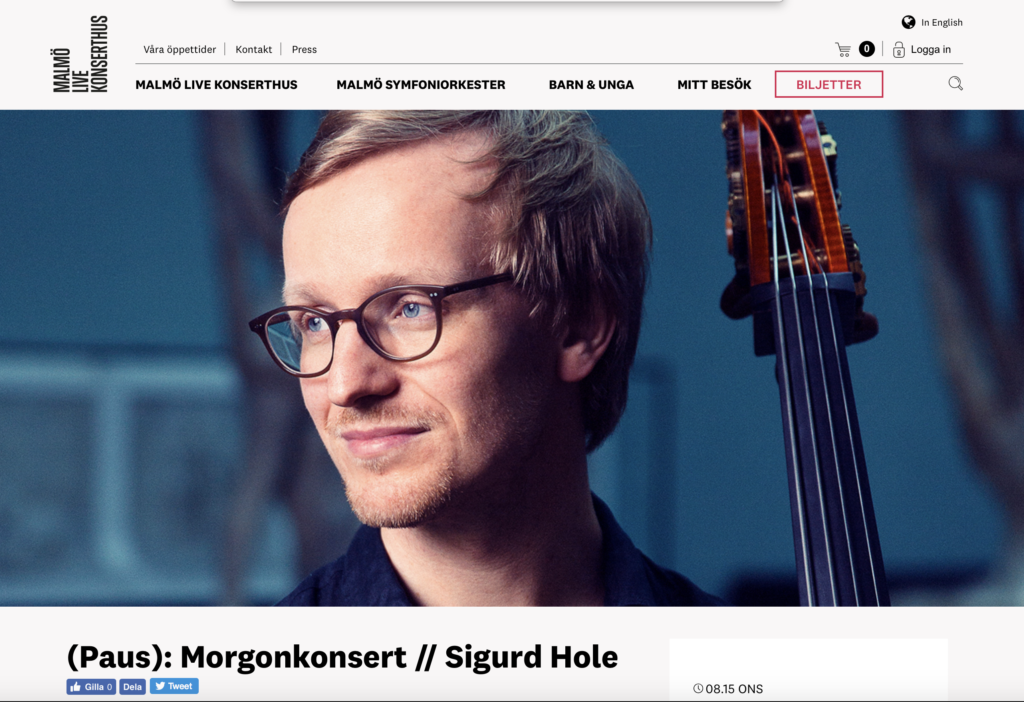Travelling non-stop from Amsterdam to Kristiansand via Oslo is bit a challenging – but fully doable. It took me around 22 hours to get to Oslo. After a short stop home for breakfast with my family the train to Kristiansand was just 4,5 hours – easy. The first part of the journey was as follows: departure Amsterdam Central 0700, change in Osnabruck, change in Hamburg, change in Kolding, change to night-bus in Copenhagen, arriving Oslo approx 0530 in the morning. The plus section of Bus4you from Copenhagen to Oslo is actually quite comfortable. Witt only three seats per row, general space and leg room is much better than normal bus seats and every seat has its own power plug. The seat fold down to make a pretty good sleeping position. I have used this bus also for day travel, the same comfort level applies most busses here.
The trip started off somewhat bad, as the German IC-train from Amsterdam to Berlin was delayed into Osnabrück. Thankfully, so was my connecting train onward to Hamburg. The delays anyhow resulted in a missed connection in Hamburg by a couple of minutes and I had to wait for the next train to Kolding. This was a calculated risk, and I still had time to make it to the bus in Copenhagen. But I HAD to make the short layover in Kolding, only 6 minutes. DSB delivered, and I made it.
In Copenhagen I would normally have had around 2,5 hours before the night bus to Oslo. With the delay I had only 30 minutes. What in Google maps seemed to be a 3 minute walk from Hovedbanegården to Ingerslevsgade where the long distance coaches depart, turned into close to 20 minutes of “running” (like you can really run with a double bass flight case…) around three-four blocks because of construction work around Hovedbanegården. As I spent 10 minutes picking up some food first, this was by far the most stressful part of the whole tour. I barely made the bus, and it sure felt good to be seated for the final leg of the non-stop train / bus journey from Amsterdam to Oslo.
This journey was, by far, the most extreme slow-travel experience of the tour. I did it both because I wanted to travel as green as I possibly could, and also because I was curious on what it would feel like to travel like this. To be on the road for almost 24 hours non-stop is in many ways exhausting, but at the same time it is quite refreshing. And hey – who said covering great distances should be a walk in the park? Travelling like we do to today is a privilege human kind has had only since the rapid growth of commercial aviation after World War II, around 75 years ago. For the other 315000 years of homo sapiens existence, covering huge distances has been a huge challenge. I am not saying we should move back to stone age level of transportation, I am simply saying that maybe what we have grown up to take for granted is actually a little far fetched, at least to the extent of what we see today in regards of people moving as fast as possible around the world, covering huge distances in the blink of an eye at the expense of the environment. Maybe we should slow down a bit. Take the train instead of flying, even if it means staying on the road for quite long non stop – or add an extra night of sleeping in a cosy hotel along the way in order to get to our final destination. Travelling like this actually feels quite good, and I am glad I took the time to find out.
CO2, time and cost coming soon…
